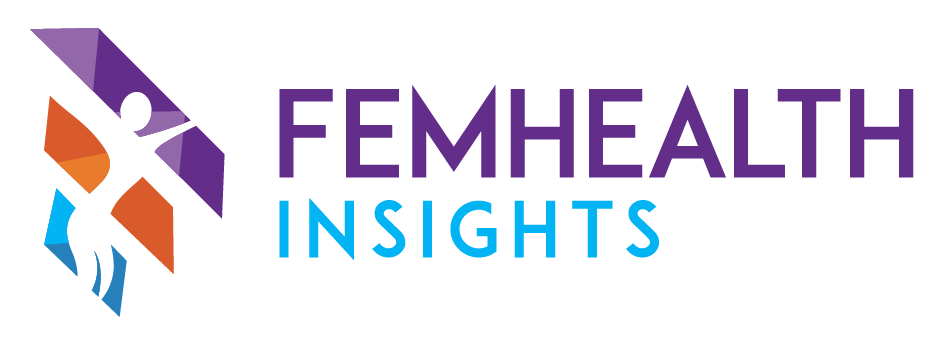Continuous Hormone Monitoring Offers Real-Time Insights
Written by Melissa Barall, CFA, Content Writer, FemHealth Insights
Continuous hormone monitoring is advancing women's health by offering real-time insights into hormonal fluctuations that affect everything from fertility to overall well-being. This innovative approach utilizes cutting-edge biosensor technology to provide detailed hormonal data, empowering women with the knowledge to manage their health more effectively. This article explores the scientific foundation, current technologies, their applications, and the future prospects of continuous hormone monitoring.
The Science Behind Continuous Hormone Monitoring
Hormones like estrogen, progesterone, and testosterone play pivotal roles in regulating various bodily functions, including reproductive health, mood, and metabolism. Traditional methods for measuring these hormones typically involve blood tests, which cannot provide real-time or continuous data. Advances in biosensor technology have paved the way for non-invasive, continuous monitoring through wearable devices that can detect hormonal biomarkers in bodily fluids such as sweat or interstitial fluid.
Current technologies, however, face challenges in achieving reliable and accurate measurements for some essential hormones:
Estrogen and Progesterone: Continuously monitoring these hormones has proven difficult due to their complex biochemical nature and lower concentrations in bodily fluids outside the bloodstream. Most current technologies do not yet offer real-time monitoring for these hormones, although progress is being made.
Testosterone: While slightly easier to track due to its presence in higher concentrations, continuous monitoring of testosterone also faces similar challenges in terms of accuracy and consistency in readings.
Despite these challenges, research and development are progressing rapidly, with several innovative companies making significant strides.
Applications and Benefits of Continuous Hormone Monitoring
Fertility and Reproductive Health: Devices like the Ava Bracelet and Tempdrop offer women insights into their fertile windows and menstrual health, aiding in both natural family planning and the management of fertility issues.
Menopause Management: By tracking hormonal trends over time, these technologies can help predict the onset of menopause and assist in managing symptoms, providing a tailored approach to hormone replacement therapy.
General Wellness: Continuous hormone monitoring can also help manage stress, weight, and energy levels, offering a holistic tool for health and wellness.
Leading Technologies in Continuous Hormone Monitoring
Several companies are at the forefront of integrating hormone monitoring technology into practical applications:
This Impli device will be implanted beneath the skin to help in the IVF process by detecting key hormone changes with the goal of detecting ideal timing for embryo implantation.
The POMHealth biosensor will be able to send instant feedback through subcutaneous needle.
This patch being developed by Caltech may be able to detect ovulation through the change in hormones detected in sweat.
Challenges and Future Prospects
While the potential of continuous hormone monitoring is vast, the technology still faces significant challenges:
Accuracy and Sensitivity: The biosensors must be sensitive enough to detect small changes in hormone levels, which is crucial for reliable monitoring.
Cost and Accessibility: Ensuring these innovative devices are affordable and accessible to a broad audience remains a challenge.
Looking forward, the technology is expected to improve with advancements in nanotechnology, materials science, and biocompatibility, making continuous hormone monitoring more reliable and widespread. Future developments may enable accurate real-time monitoring of a broader range of hormones, significantly enhancing our understanding and management of women's health. This will be extremely helpful for advancing research in many areas of health.
Conclusion
Continuous hormone monitoring is poised to transform women's health by providing unprecedented access to real-time hormonal data. As the technology continues to evolve, it promises to empower women with greater insights into their health, enabling more informed decisions and personalized healthcare strategies.
About the Author:
Melissa Barall, CFA, is a dedicated finance and health professional, with experience in the private and public markets. She began her career on Wall Street in 2018 and has been a health and wellness advocate, angel investor, and superconnector along the way. Her mission is to bridge the gap for women in both investing and health care, and is passionate about mental health, wellness / biohacking, and psychedelics.


